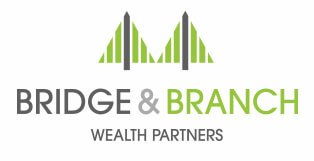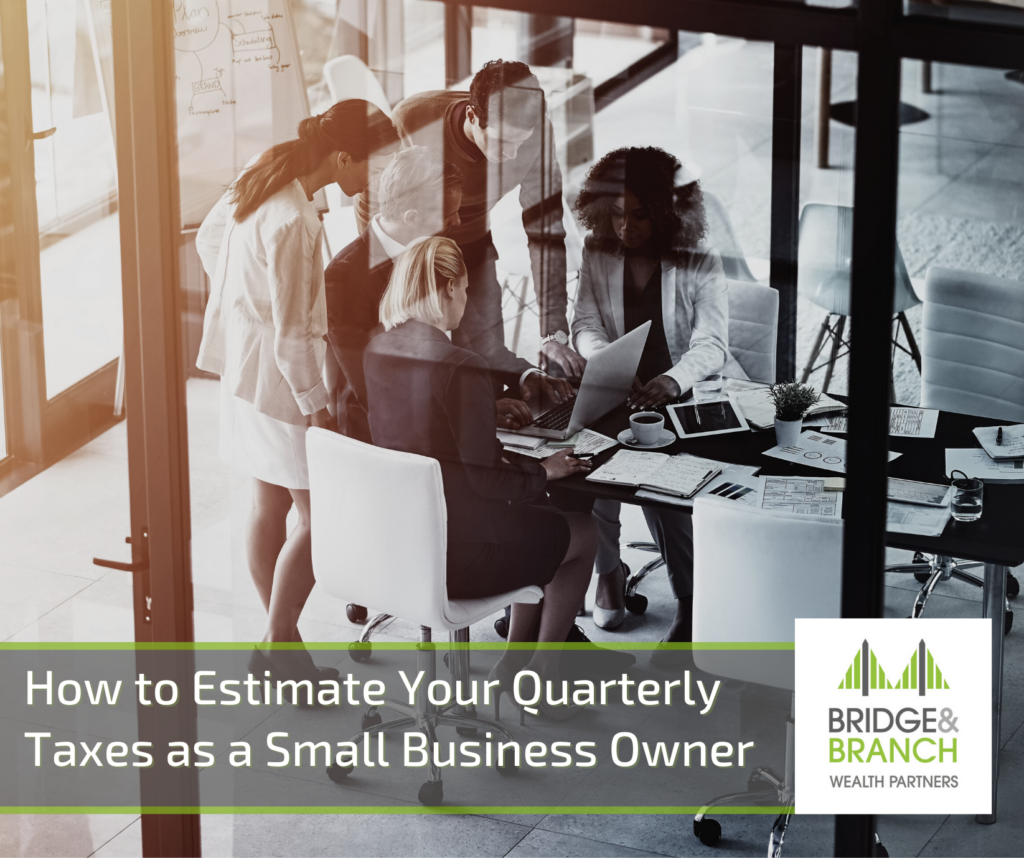For profitable small businesses, paying quarterly estimated taxes is part of the tax process to potentially avoid penalties at the end of your fiscal year. The quarterly taxes for a business are the estimated taxes that will be owed at the end of the year. Or, in some cases where businesses may see ebbs and flows, it may be based on the taxes they would owe based on each quarter’s profit.
Getting Started
Before estimating your quarterly tax payments, you must gather some information. The types of information you will need to complete your estimates will depend on whether your company is a pass-through entity or a corporation. Some of the items you are likely to need to include are:
● Your total personal income, including dividends, pension, etc.
● Your estimated business income for the upcoming year, which may be based on the previous year’s earnings.
● Your estimated expenses based on your last year and expected increases.
● Your calculated self-employment tax, if applicable.1
Calculating Your Estimated Taxes
There are a couple of ways that you may calculate your estimated tax payments. If you are not as confident or comfortable with tax matters, you may want to ask your tax preparer to run an estimate based on your previous tax return. If you know your numbers well and have completed your tax returns before, you may feel comfortable filling out Form 1040-ES from the IRS to calculate your payments. A final option to consider if you are using small business tax software is running out of estimates when you prepare your return for the year. These estimates will be based on your previous return and deductions you will likely have in the upcoming year.2
Making Your Quarterly Payments
Once you have completed your 1040-ES form, you enter the payment amounts for each quarter on the blank vouchers and mail them with your check to the address listed on the form. If you are set up for payment in the Electronic Federal Tax Payment System, you may enter your information and payment directly online. This is an excellent option as it confirms payment immediately.1
Payments are due four times a year and need to be postmarked by the following dates:
● April 15
● June 15
● September 15
● January 15
It is important to note that if you end up having a more profitable year than expected, you always have the option of increasing the estimated taxes in the next quarter. The taxes paid don’t have to reflect the same amount each quarter.
Making Sure You Pay Enough
Ultimately, you will want to pay enough each quarter so that you don’t owe any taxes or only owe a small amount by the end of the year. The main way to work toward this is by paying 110% of the taxes you estimate you may owe and then applying any overage to the next tax year. If your cash flow is a little tight, and you don’t expect to make as much this year, you may go as low as 90% but could possibly face an underpayment penalty. If you are on track to make the same amount or slightly more then 100% of your previous tax liability should put you in a good position.2
Important Disclosures:
The opinions voiced in this material are for general information only and are not intended to provide specific advice or recommendations for any individual.
This information is not intended to be a substitute for specific individualized tax advice. We suggest that you discuss your specific tax issues with a qualified tax advisor.
All information is believed to be from reliable sources; however, LPL Financial makes no representation as to its completeness or accuracy.
This article was prepared by WriterAccess.
LPL Tracking #503492-02
Footnotes:
1 Self-Employed Individuals Tax Center, IRS.gov, https://www.irs.gov/businesses/small-businesses-self-employed/self-employed-individuals-tax-center
2 Quarterly Taxes, The Basics, SBA.gov, https://www.sba.gov/blog/quarterly-taxes-basics

